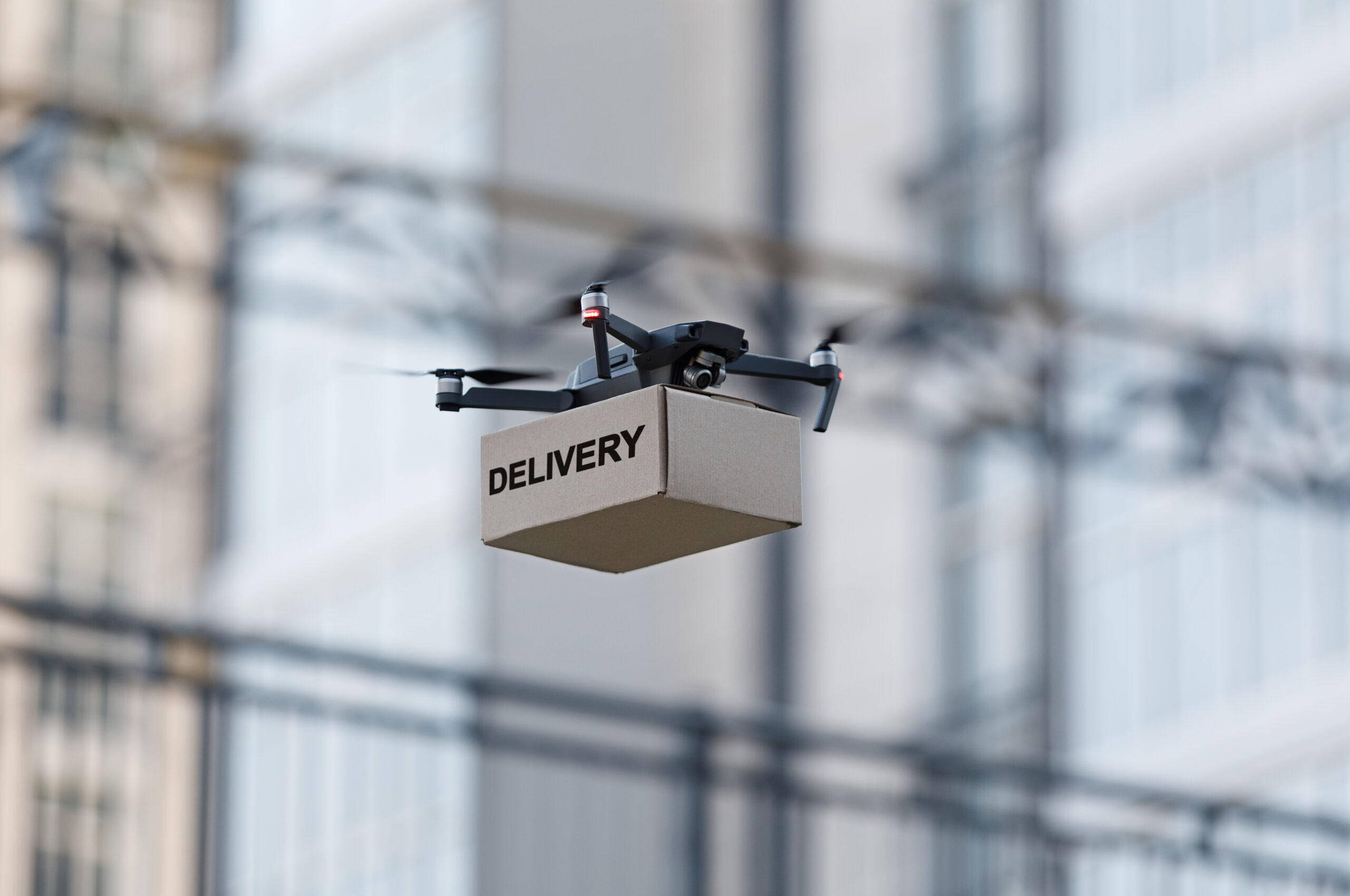The retail landscape changed rapidly during the pandemic, with online retail and eCommerce growing exponentially in 2020 and 2021.
We’re now in a delivery-first economy – and consumer expectations have expanded to match.
eCommerce had already been growing steadily by the start of 2020, and the pandemic just accelerated that growth. The convenience of online shopping means that its unlikely to completely recede, even when lockdowns become a thing of the past.
New and infrequent online shoppers have increased their activity by 169% – and 31% expect to make fewer visits to brick-and-mortar stores in the future.
eCommerce delivery in 2021
For online retailers selling small, easily transported goods, like clothes or books, this may mean a bigger reliance on 3PLs or couriers. But what if you’re delivering:
- Items with a long lead-time (like bespoke furniture)
- Bulky or awkward items (home & garden furniture for instance)
- Items that require specialist fitting or installation (think kitchen/bathroom units, or high-end electronics)
- Tightly-controlled items ( medical equipment or pharmaceuticals for example).
Delivering goods in your own fleet comes with its own complexities, but it also allows you to have more control over the delivery experience and final-mile customer service.
MetaPack’s eCommerce delivery benchmark report 2021 has a number of recommendations on how you can improve customer service and delivery in the eCommerce-first economy:
Key trends in eCommerce delivery in 2021
The most important factors in eCommerce delivery – accurate ETAs, delivery options, sustainability, simple tracking, convenient returns policies – have only become more essential in the new all-delivery economy.
The eCommerce boom is here to stay
The pandemic certainly drove more people than ever online when shopping for goods and services, with 78% of survey respondents doing more online shopping since the pandemic.
But even with restrictions easing, and more and more people being vaccinated, it looks like that’s one trend that’s here to stay.
Most of us are looking forward to getting back to the pub and jetting off on holiday, but the convenience of eCommerce means that many of us (87%) plan to continue to do much of our shopping online after the pandemic is over.
Delivery experience is king
At the same time as eCommerce sales grew, we’ve also seen a boom in poor delivery experiences, with a 5x increase in survey respondents reporting a “negative delivery experience” over the past 12 months.
Those negative experiences may in part be due to pandemic-related shortages, and import issues due to both pandemic restrictions and Brexit.
Nonetheless, poor experiences can cost your customer loyalty and brand image – especially now that there is such a wealth of options for online retail.
Equally, 56% of respondents said that having delivery choice was the most important factor for online purchasing decisions. Customers want the flexibility to select the delivery channel (click-and-collect Vs. home delivery) and delivery speed that best suits their lifestyle, budget and needs. Delivery options may include factors like:
- Delivery speed
- Delivery cost
- In-flight options (changing the time/address of delivery in progress)
- Status tracking
- Named-day delivery.
Sustainability is more important than ever
Even during the pandemic, sustainability is very much front of mind with today’s consumers.
32% of respondents value sustainability over cost and speed.
Almost half of shoppers would be happy to consider a longer delivery time (47%), or a single day for all deliveries (48%) if it made their delivery more sustainable – though only 23% would consider a higher cost acceptable to make their delivery more sustainable.
Tracking is non-negotiable
87% of respondents class delivery tracking as either ‘important’ or ‘very important’.
Tracking is no longer just a ‘nice-to-have’ added extra, but an integral part of the delivery offering.
The value of the product is the most important factor when considering the importance of delivery tracking.
Overwhelmingly, online shoppers prefer to receive delivery updates via email (61%) followed by SMS (17%) over apps.
It looks like the eCommerce boom is here to stay. If you’re ready to improve the eCommerce delivery experience in your own fleet of vehicles, check out Stream and request a demo today.






